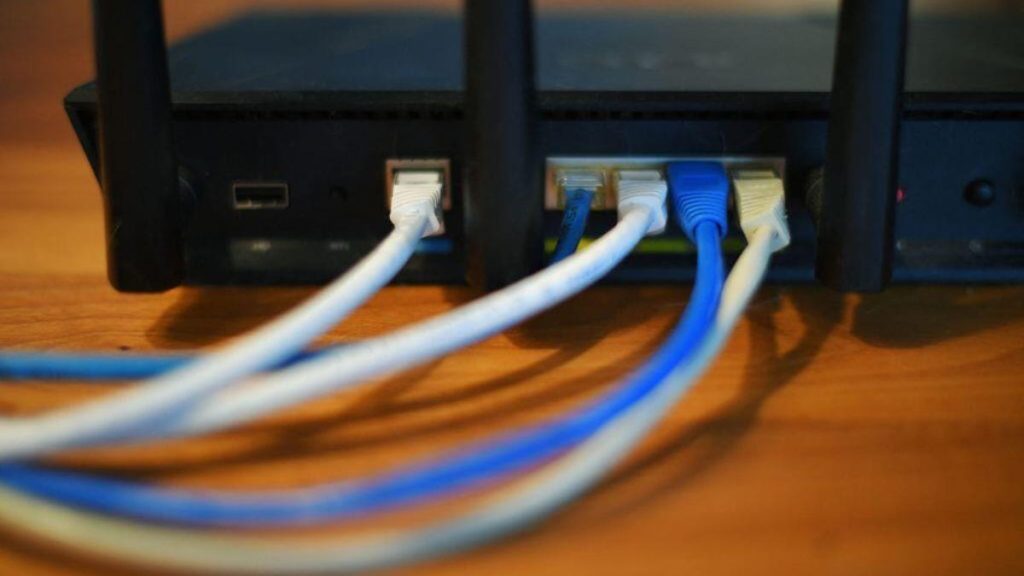Router issues are a common cause of internet outages, but they are usually easy to fix. Rebooting your Wi-Fi router by unplugging it, waiting 30 seconds, and plugging it back in can often solve the problem. If that doesn’t work, you may need to reset your router to factory settings. Doing a hard reboot of your router, which involves unplugging it, waiting, and plugging it back in, can resolve many connectivity issues.
Resetting your router to factory settings erases all custom settings and gives you a new public IP address. This drastic step should be taken if you are experiencing frequent outages or significantly slower Wi-Fi speeds. It is advisable to ensure that your router’s firmware is up to date before resetting it. Most routers can be reset by holding down a reset button for about 30 seconds until the lights come back on.
If you have a separate modem and router, you may need to troubleshoot each device individually. Connecting a device directly to the modem using an Ethernet cable can help determine if the issue is with the modem or router. If the modem is working but the router is not, a hard reboot of both devices may resolve the problem. If consistent speed issues or frequent outages persist, it may be time to upgrade your router. Experts recommend replacing your router every five years, but sooner if you have many smart home devices or stay up to date with technology.
Your router’s performance is only as good as your internet connection. Running speed tests while connected to the modem via Ethernet can help determine if the issue lies with the router or the internet service provider. If wired speeds are slower than expected, it may be time to upgrade to a faster plan or switch providers. By following the steps outlined above, you can troubleshoot and resolve common router issues that may be causing internet outages or slow speeds. Remember to keep your router’s firmware updated and consider upgrading to a newer model if problems persist.


